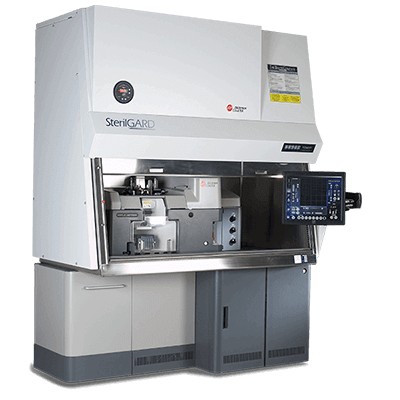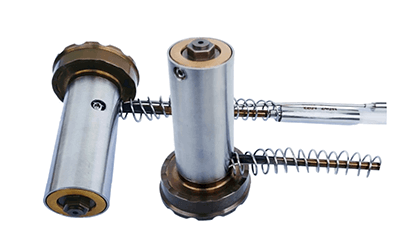What Is a Ceramic Paint?
Ceramic paints are paints that contain ceramic particles in urethane or silicone paints.
They have high durability, heat resistance, water resistance, and chemical resistance, and are used in a wide range of applications. Ceramic particles are made from oxides such as silicon dioxide and alumina, which are highly durable and heat resistant. Adding these ceramic particles to paints makes the paints harder and improves abrasion and chemical resistance.
They are often used in places where durability is required, such as car and ship paints. It is particularly suitable for use under high temperatures. They are also used in applications where water resistance is required, such as the painting of household goods and exterior walls of buildings.
Uses of Ceramic Paints
Ceramic paints are used in a wide range of industries due to their durability and waterproofing properties.
1. Mobile Equipment Industry
In the mobile equipment industry, ceramic coatings are used for vehicle exteriors and interiors. Due to their durability and lightweight characteristics, they are often used in luxury and sports cars, and remain beautiful for a long time. It is also used to improve waterproofing and abrasion resistance of ships, and is also used to paint ship bottoms to improve durability.
2. Construction
It is sometimes used on the exterior walls of buildings. Because it is extremely resistant to water, it can protect the exterior walls of buildings from rainwater. It also has a high heat reflectivity, which can reduce the temperature rise inside buildings in the summer.
3. Other
Other applications include the use of coatings for industrial and household products. In particular, it is suitable for coating products used under high temperatures. For household products, it is used as a paint for kitchen utensils and bathroom products.
Principles of Ceramic Paints
Ceramic paints differ from ordinary paints in that they contain ceramic particles. It is composed of ceramic particles, pigments, and resins. Ceramic particles are made from oxides such as silicon dioxide and alumina. They are extremely hard and heat resistant, and when mixed with paint, they improve the hardness and chemical resistance of the paint film.
Ceramic paints, like most paints, contain resins, which are used to adjust the viscosity of the paint and the flexibility of the coating film. Typically, acrylic and urethane resins are used.
Pigments are also added for color. Ceramic paints use natural or artificial pigments, which, like the ceramic particles, are uniformly dispersed, resulting in an even and beautifully colored paint film.
Types of Ceramic Paint
Ceramic paints are available in the following types
1. Silicon Ceramic Paint
Silicon ceramic paints are made of silicon resin and ceramic particles. It has high durability, heat resistance, water resistance, and chemical resistance. It is particularly suitable for use under high temperatures and is often used on the exterior walls of high-rise buildings, factories, and other buildings.
2. Acrylic Ceramic Paint
This paint is a combination of acrylic resin and ceramic particles. It has high weatherability and abrasion resistance, and is available in a wide range of colors. It is mainly used for the exterior walls of houses.
3. Urethane Ceramic Paint
Urethane ceramic paints are made by blending urethane resin and ceramic particles. In addition to high weatherability and abrasion resistance, it also has excellent water resistance and chemical resistance. It is mainly used in factories, commercial facilities, and other places where use in harsh environments is required.
4. Glass-Ceramic Paints
Glass-ceramic paints contain glass flakes or ceramic particles. It is characterized by its hard coating film, durability, and chemical resistance. They are suitable for use in harsh environments such as plants and offshore structures.
Other Information on Ceramic Paints
How to Apply Ceramic Paint
When painting exterior walls with ceramic paint, either the roller method or the spraying method is used.
The roller method uses a special roller with synthetic fibers wrapped around it to apply the coating, and is used when durability is important because it allows for a thicker coating. This method requires the use of different rollers for uneven and smooth surfaces, which is time-consuming and labor-intensive. In addition, painting must be done by hand, which takes time.
In the spraying method, paint is sprayed on using a special sprayer. The use of a machine allows painting in a short time and at low cost, but it requires a larger amount of paint and causes noise problems. It is not suitable for detailed painting, and it also requires time and effort to cure areas that are not to be painted.

